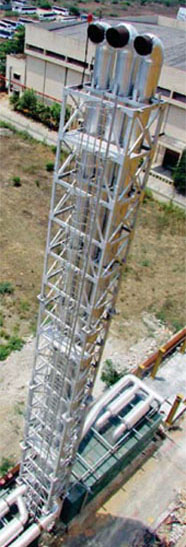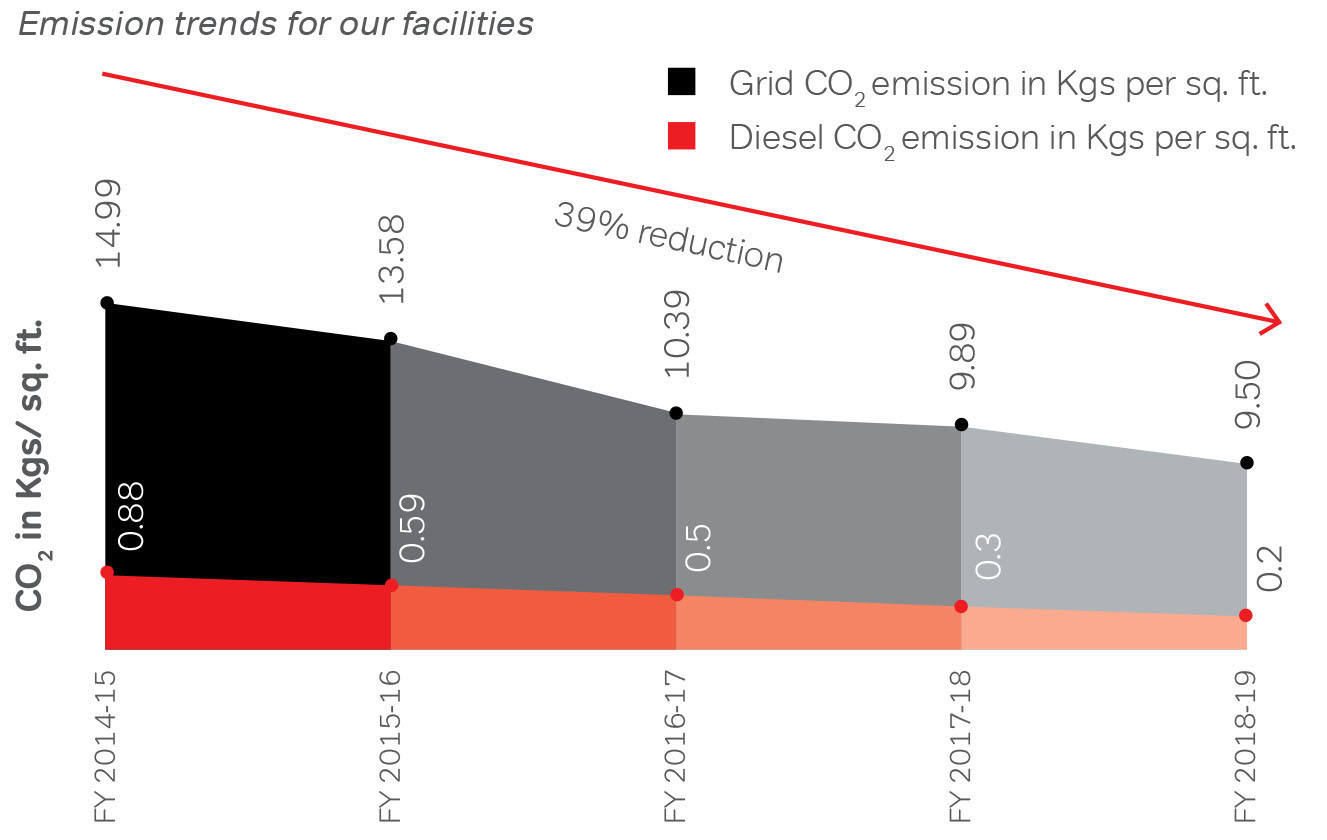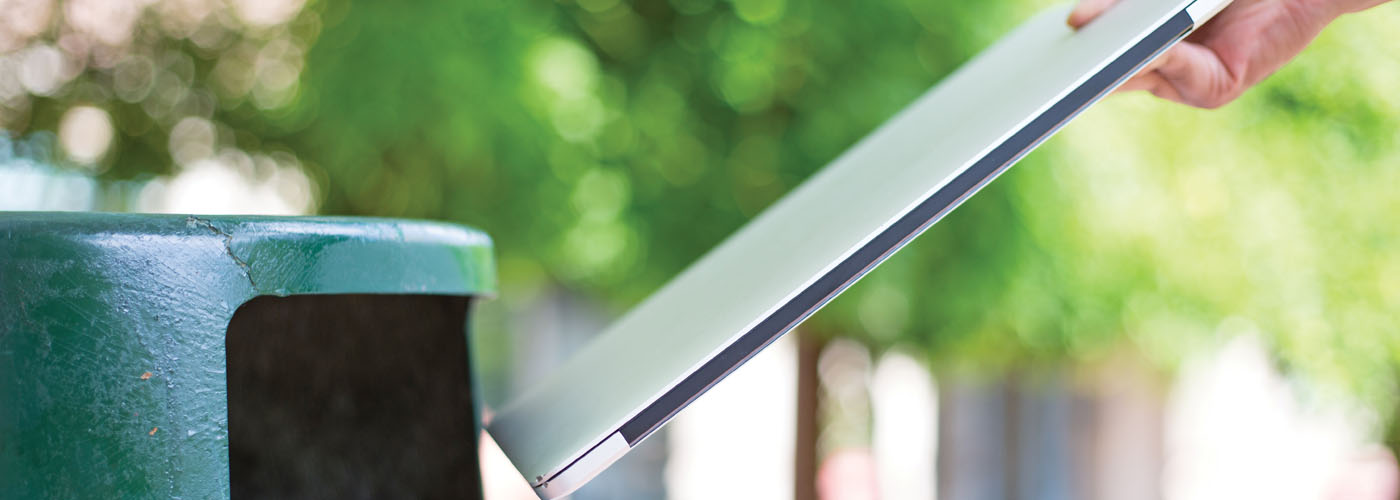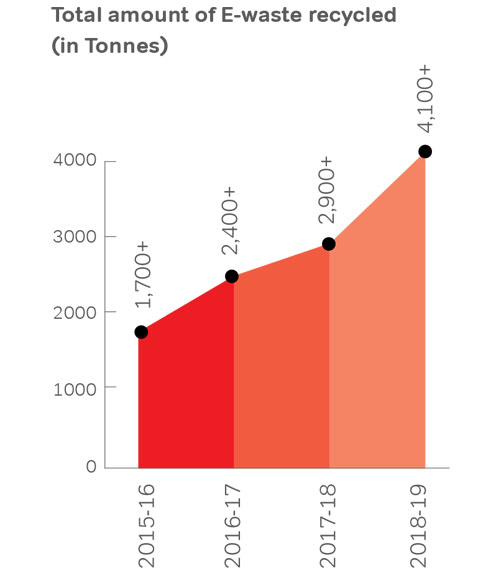Airtel along with its networkinfrastructure partners is committed to re-invent and reduce the environmental footprint of their business and operations. We are also continuously in search of more energy efficient technologies and innovative solutions for a greener future. Our efforts are focused towards reducing our direct and indirect environmental impact. We have invested in innovative energy conservation technologies, resource optimisation and waste management by recycling waste and optimising resource utilisation. Over the years we are targeting towards eradicating use of fossil fuel in our network infrastructure and transitioning towards grid supply and renewable energy which have constantly shown an increase.
Through our persistent efforts, along with our network partners, we have been able to upgrade and convert the existing telecom towers into energy efficient towers. In addition to this it is our constant endeavor to maximize sourcing green energy from renewable sources through wheeling agreements for sourcing our power and in the process, reducing our carbon footprint.
Reduction in network emission intensity for mobile (carbon emissions per terabyte) from FY 2017-18
Reduction in CO2 emission per rack in our data centres from FY 2015-16
Diesel saved since 2015-16 in our own mobile network infrastructure
Renewable energy consumed in our operations
Paper recycled/reused in our facilities
Energy saved in our facilities
Paper saved through e-bill initiatives since FY 2011-12
Reduction in diesel consumption in our operations in FY 2018-19 as compared to FY 2017-18
Solar-enabled towers by owned and partner sites till FY 2018-19
Sheets of paper saved through our acquisition of mobility customer
Increase in deployment of renewable energy in our own operations from FY 2014-15




 Procured over
Procured over 





